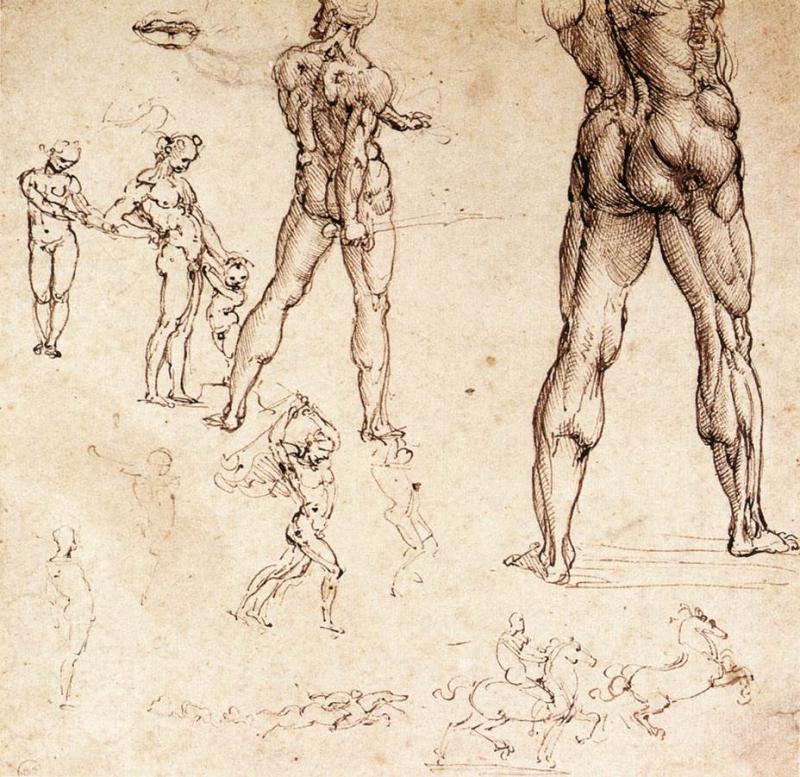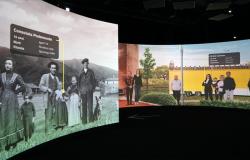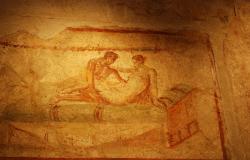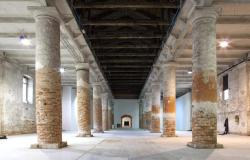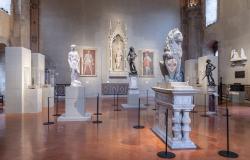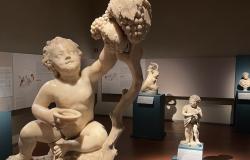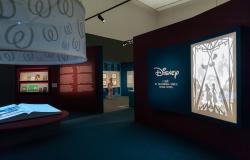Leonardo da Vinci's fascination with anatomical accuracy is the focus of a new exhibition in Milan's Sforza Castle.
The 16th-century complex is hosting a selection of drawings by the Renaissance genius, along with various editions of his Treatise on Painting.
In addition to his studies of the human form, the exhibit contains an extensive range of Leonardo's sketches of animals, particularly horses.
During one of his long stays in Milan, Leonardo was commissioned to design a massive equestrian statue of Francesco Sforza, the predecessor of his patron Duke Ludovico Sforza.
The status was meant to stand in the centre of the castle courtyard but was never completed due to an invasion by the French.
The bronze allocated for the statue was used for cannons while Leonardo's clay model was destroyed in 1499 by French soldiers who occupied the castle.
The horse has entered Leonardo lore and despite dozens of interpretations, experts cannot say with absolute certainty what the finished statue would have looked like.
The exhibit offers an array of ideas, including a small, legless wax model of a horse, which may be a Leonardo original.
The attribution has not been confirmed but its inclusion in the show is exciting for Leonardo fans, as it is part of a private collection and has never gone on public display before.
The show also features a priceless drawing of a horse by Leonardo - a known study for the equestrian statue, one of several contained in the Royal Collection of Windsor.
New York's Metropolitan Museum has lent a drawing mapping out proportions of a horse by Andrea del Verrocchio, in whose workshop Leonardo studied as a young man.
Another aspect of the show looks at Leonardo's Treatise on Painting.
The collection of his studies of anatomy, light and the landscape were assembled for publication by his pupil Francesco Melzi.
A number of manuscript versions were produced, before the volume was eventually printed in Paris in 1651, some 132 years after Leonardo's death.
The treatise was an immediate hit and went into 62 editions in 50 years in France alone.
The exhibit looks at the impact the volume had on art and academic thought of the time, and introduces visitors to several editions of the volume.
It starts with some of the rarest editions of the work, with manuscript versions from the 1500s and 1600s illustrated with beautiful drawings, including three by Nicolas Poussin.
Around 40 later editions follow, including one of the original 1651 Paris prints, and a variety of copies from the 17th and 18th centuries.
The exhibition is on show in the Sforza Castle until March 2.
